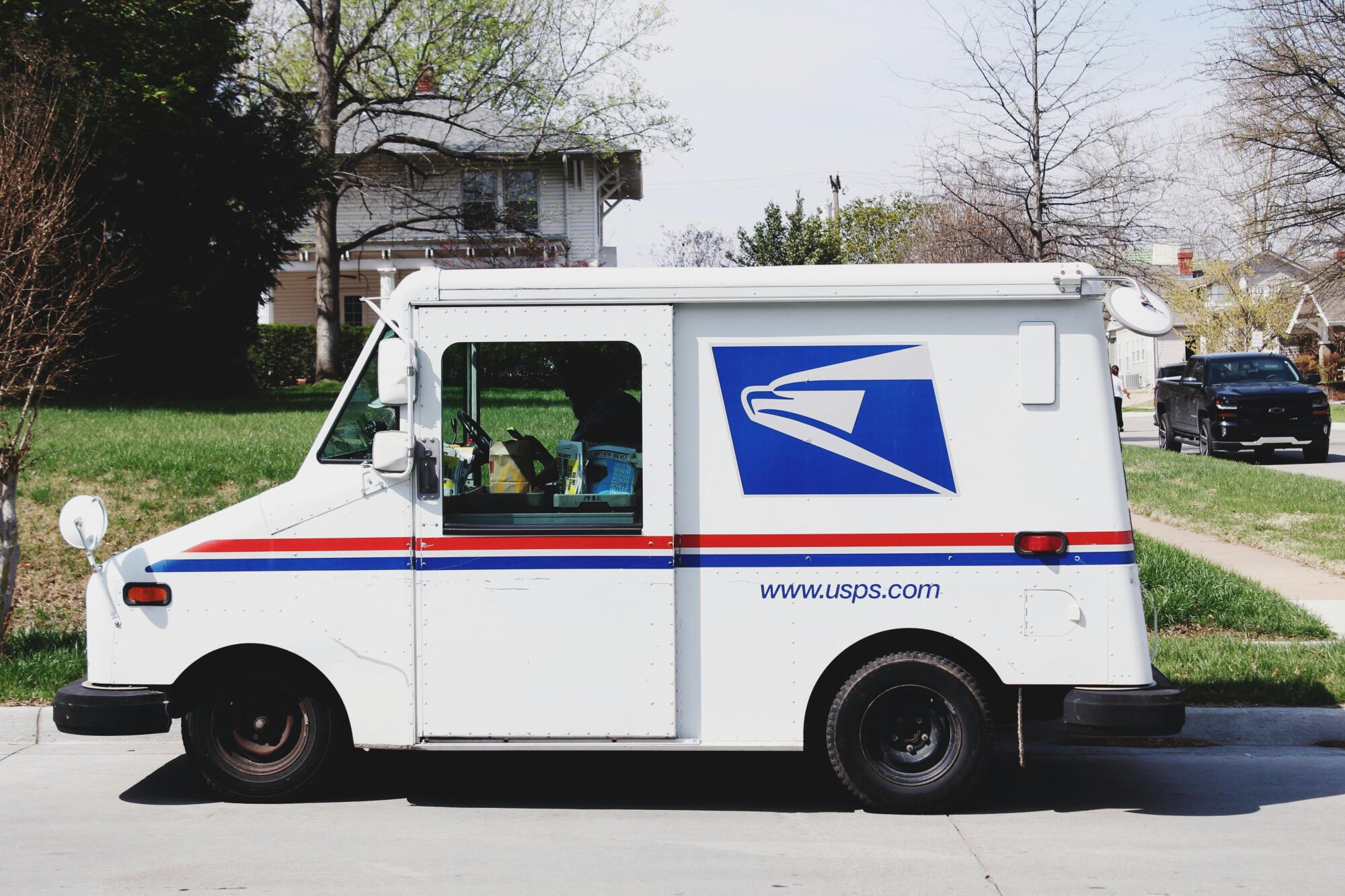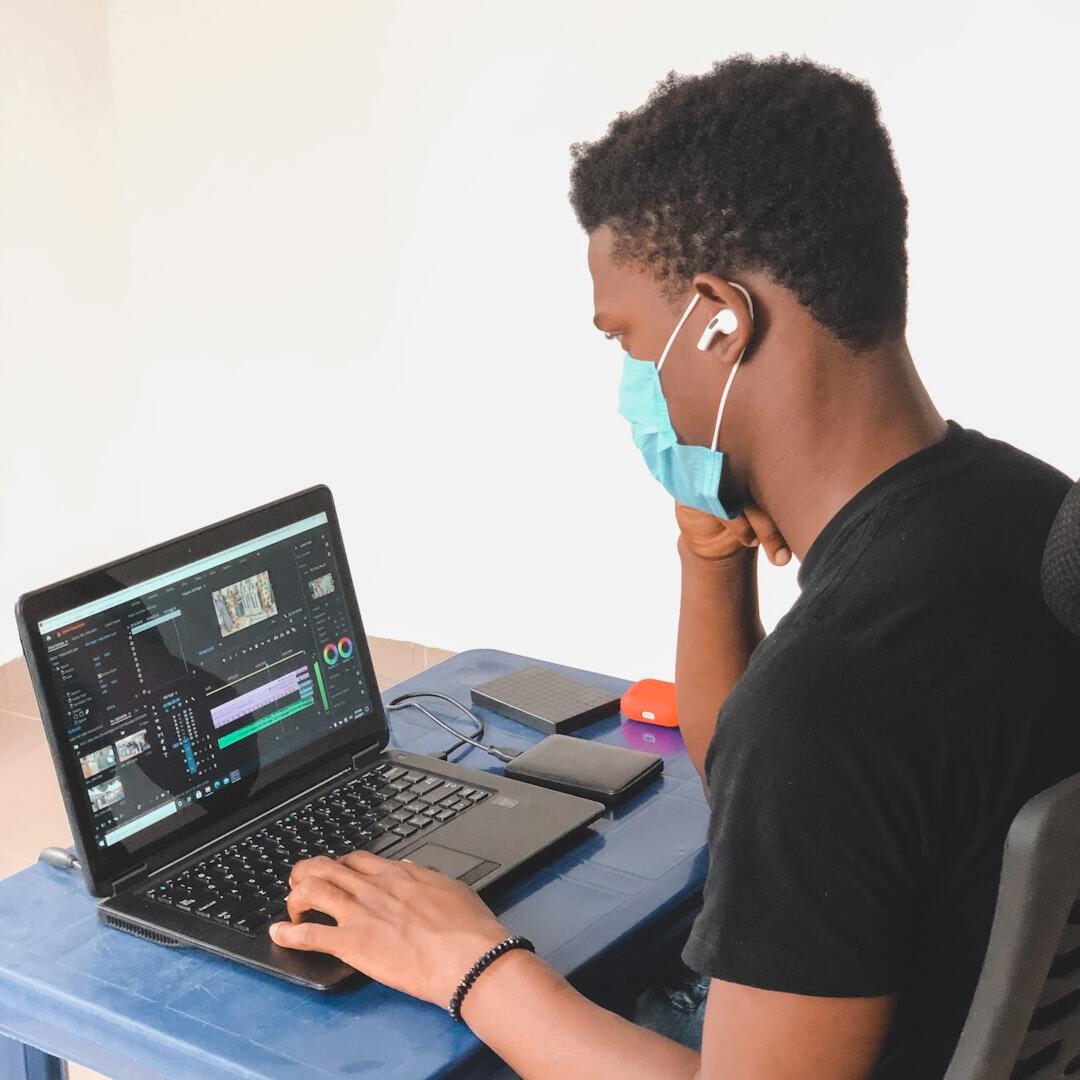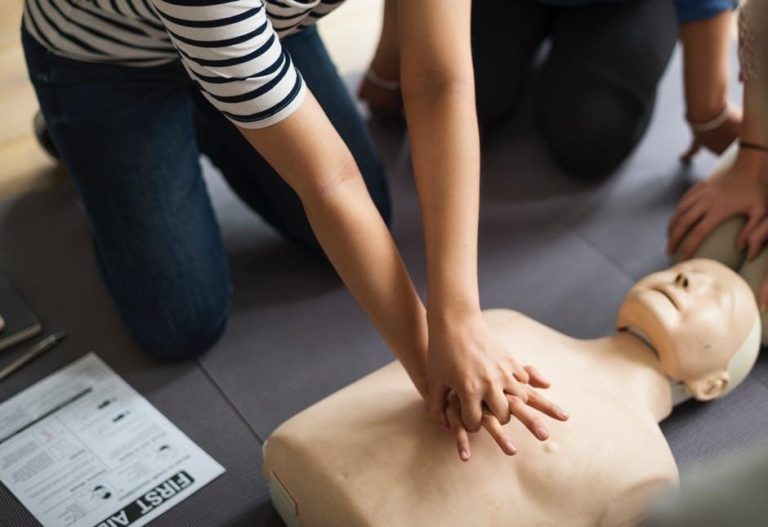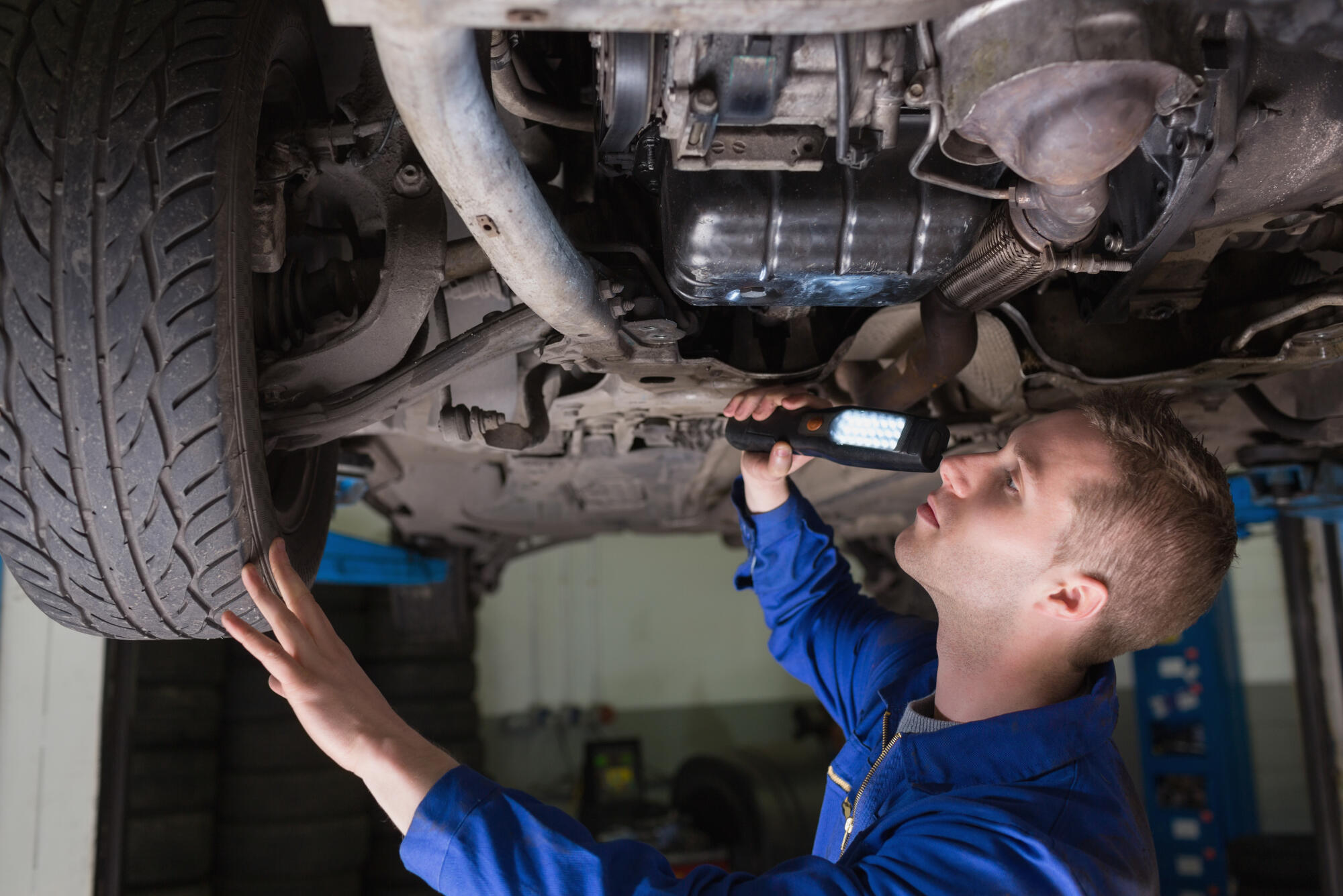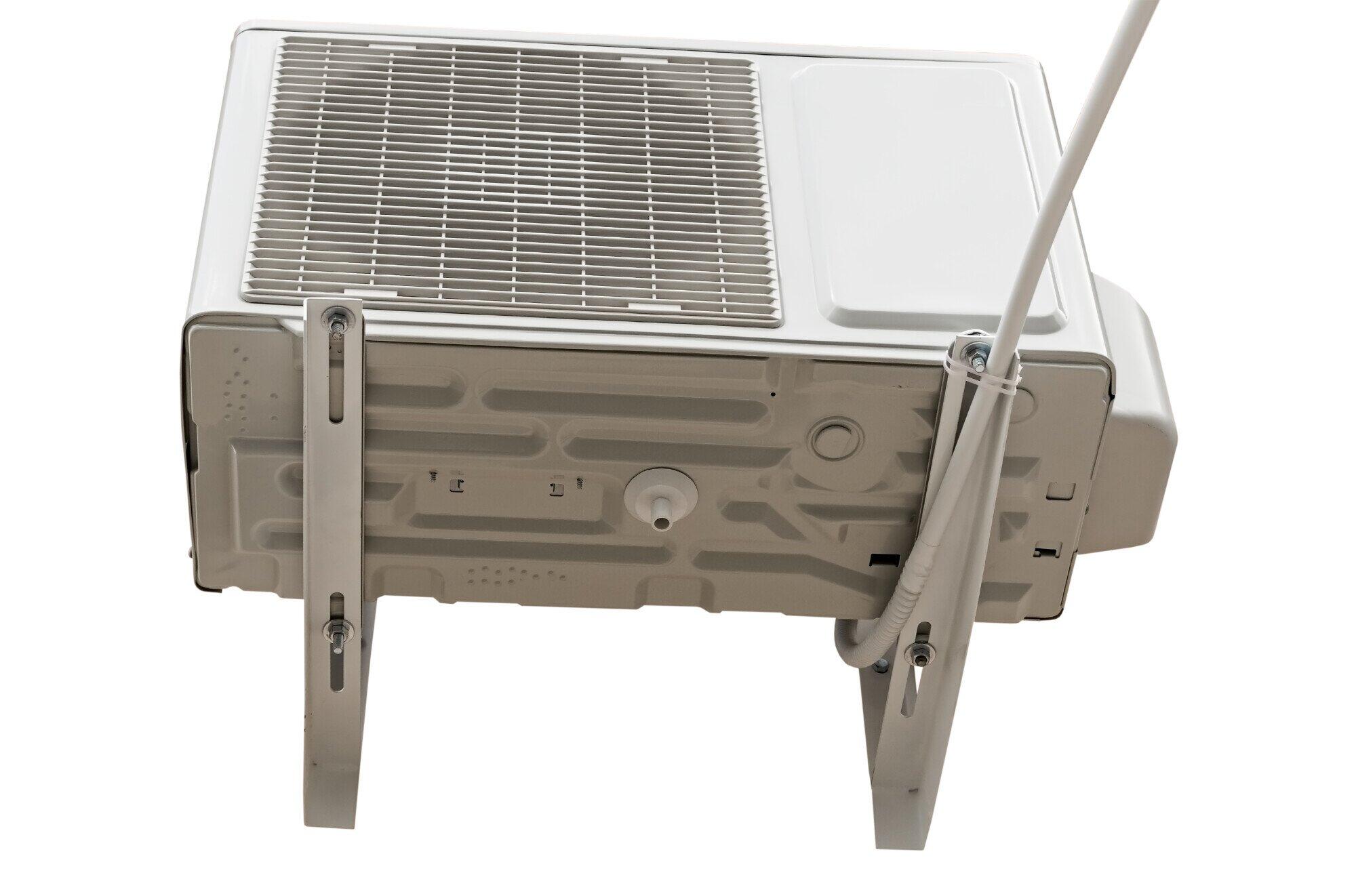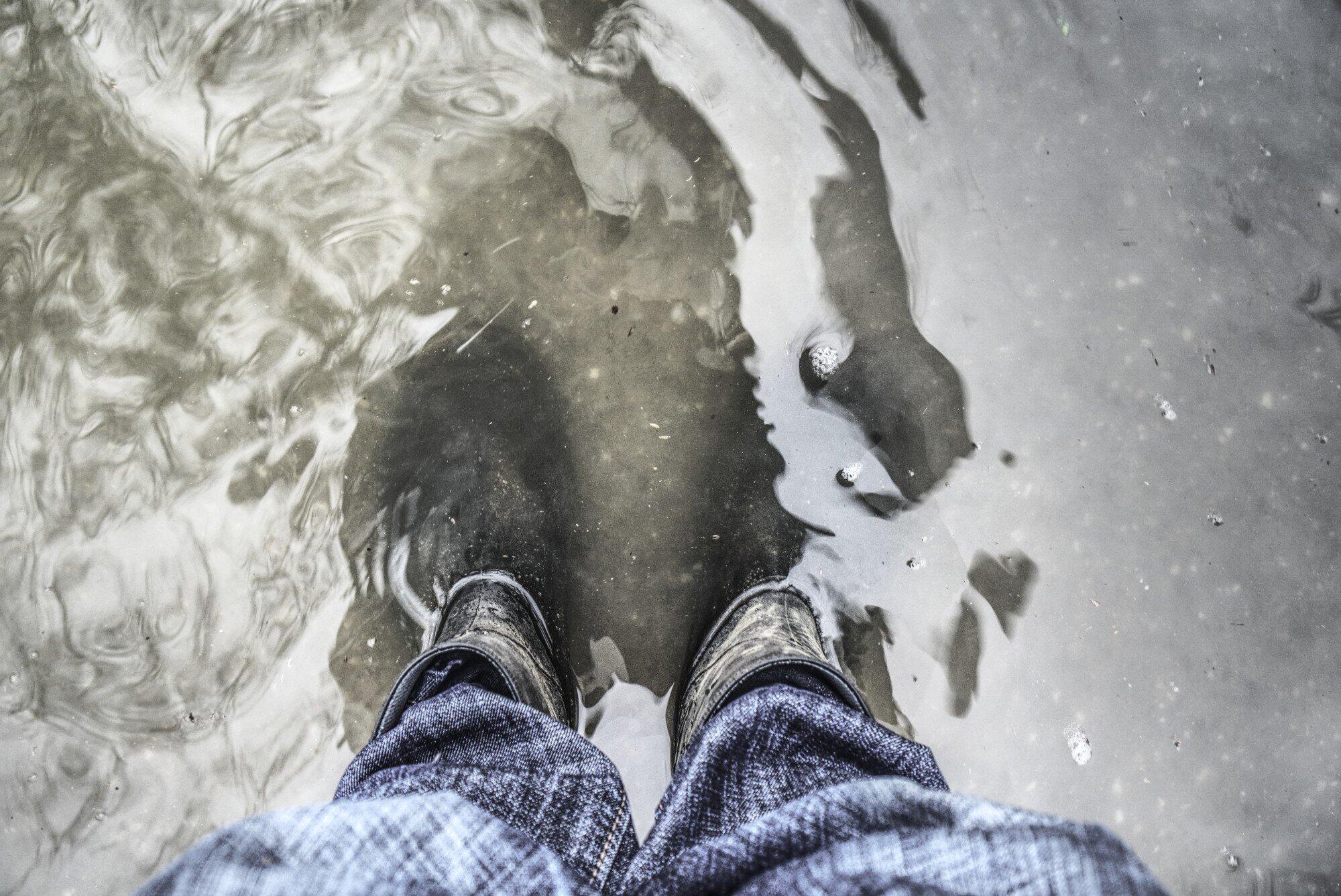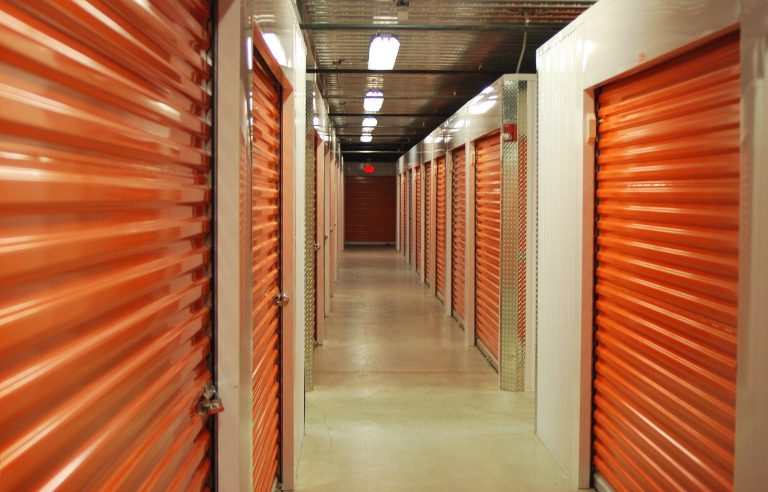A flooded basement is one of the most stressful problems a homeowner can face. Water does not only damage walls, floors, and belongings, but it also creates safety risks that must be handled with care. If your home has been affected, it is important to know what steps to take and how to act without delay. With the right plan, you can protect your home, keep your family safe, and restore your space in a way that prevents future harm.
If you are ready to learn how to manage this difficult process with confidence, now is the time to explore the essential steps that will guide you through safe and effective basement restoration.
Table of Contents
Ensure Safety Before Entering
Before any cleanup begins, safety should come first. Standing water can carry hidden dangers such as electrical current or harmful bacteria. If the power is still on, it must be turned off before entering the flooded area.
Protective clothing, including gloves, boots, and masks, should be used to reduce direct contact with contaminated water. By treating the space as a hazard zone from the start, you reduce the chance of injury or illness while beginning the recovery process.
Remove Water and Prevent Further Damage
Once safety is secure, the next step is to remove standing water as quickly as possible. The longer water remains, the more damage it causes to floors, walls, and personal belongings. Pumps, wet vacuums, and professional-grade equipment can help remove water efficiently.
At the same time, steps should be taken to block more water from coming in, whether through cracks, drains, or leaks. Acting quickly limits the spread of damage and gives you a better chance at restoring the space without long-term loss.
Dry and Clean with Care
After the water is removed, the basement must be dried to stop mold from growing. Fans, dehumidifiers, and proper ventilation are essential tools during this stage. Surfaces should be disinfected to remove bacteria that may have been left behind. Carpets, furniture, and items that cannot be cleaned thoroughly may need to be discarded to protect health.
It can be tempting to save everything, but careful choices are necessary to ensure the space is safe for future use. Water damage restoration in New Jersey is often handled with advanced methods that combine drying, cleaning, and sanitizing to bring homes back to safe conditions.
Prevent Future Flooding
The final step in the process is prevention. Once the basement is dry and clean, homeowners should look for ways to stop future flooding. This may include repairing foundation cracks, installing sump pumps, improving drainage around the home, or sealing basement walls. Prevention saves both money and stress, while also ensuring that the effort spent on restoration will last for years to come.
Restore with Confidence
Restoring a flooded basement is never easy, but with the right steps it can be done in a safe and effective way. Safety, speed, and prevention are the keys that protect your family and your home.
By focusing on careful planning, proper cleanup, and future protection, you can face the challenge with confidence and peace of mind. Expand your knowledge and check out more posts on our blog!


